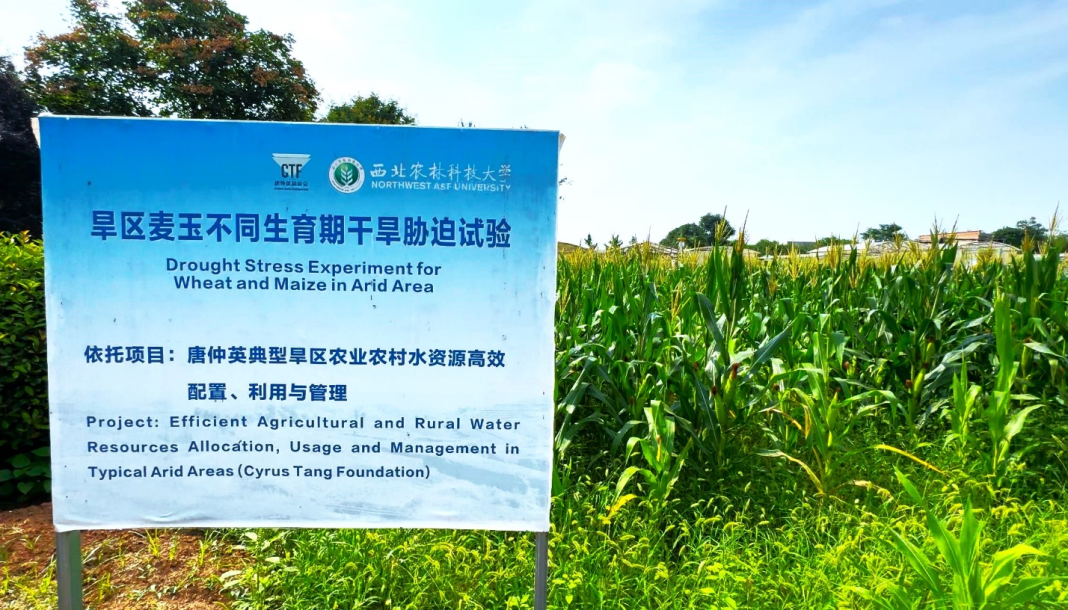ISLAMABAD: Agriculture remains the backbone of Pakistan’s economy and plays a crucial role in driving the country’s modest recovery in FY2024, with GDP growth reaching 2.38%. The sector itself expanded by 6.25%, a remarkable improvement from the 2.27% growth recorded in FY2023. This surge in agricultural productivity was driven by double-digit growth in major crop yields. However, despite these gains, Pakistan is yet to unlock the full potential of its agricultural landscape. Of its 54 million hectares of cultivable land, less than half is being utilized.
However, by adopting China’s advanced agricultural technologies and water-saving practices, especially in arid regions, Pakistan stands on the brink of a transformative opportunity. Enhanced agricultural productivity could not only bolster food security but also elevate Pakistan to a global exporter of agricultural products.
Federal Minister for Planning and Development, Ahsan Iqbal, emphasized the importance of modernizing Pakistan’s agriculture in a meeting held on Wednesday in Islamabad. He revealed that 1,000 experts will be sent to China to receive training in advanced agricultural techniques including water-saving agriculture in arid areas. “Modernizing agriculture is a critical need of the hour, and agricultural education and research are among the government’s top priorities,” he stated. Iqbal further expressed confidence in Pakistan’s resources, stating, “Pakistan possesses excellent resources and brilliant minds, and with the use of modern technology in the agricultural sector, there can be a significant increase in production. I am hopeful that these 1,000 individuals, who will be trained in China, will become the architects of an agricultural revolution in the country.”
Pakistan’s arid regions continue to rely on outdated farming methods, with rudimentary techniques for crop cultivation and water management still in practice. This has resulted in large swaths of fertile land remaining underutilized, limiting the country’s agricultural growth. In contrast, China has made remarkable strides in arid-region agriculture, particularly in its northwestern areas, where once barren lands have been converted into productive landscapes.
During a recent visit to Shaanxi, China, I witnessed China’s pioneering water-saving agricultural technologies, along with advanced research on soil, seeds, and crops. These innovations have set global benchmarks and are empowering nations to achieve sustainable agricultural growth in challenging environments.
A beacon of these advancements is the Institute of Water-Saving Agriculture in Arid Areas of China at Northwest A&F University. Established in 2010, the institute stands as a global leader in transforming arid landscapes into fertile grounds through cutting-edge water-saving practices. –Agencies






